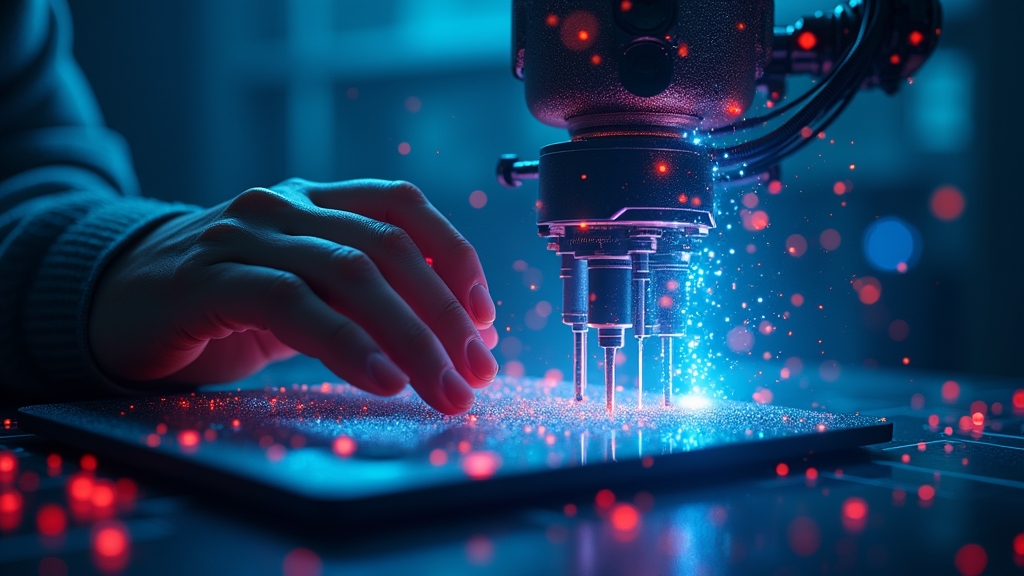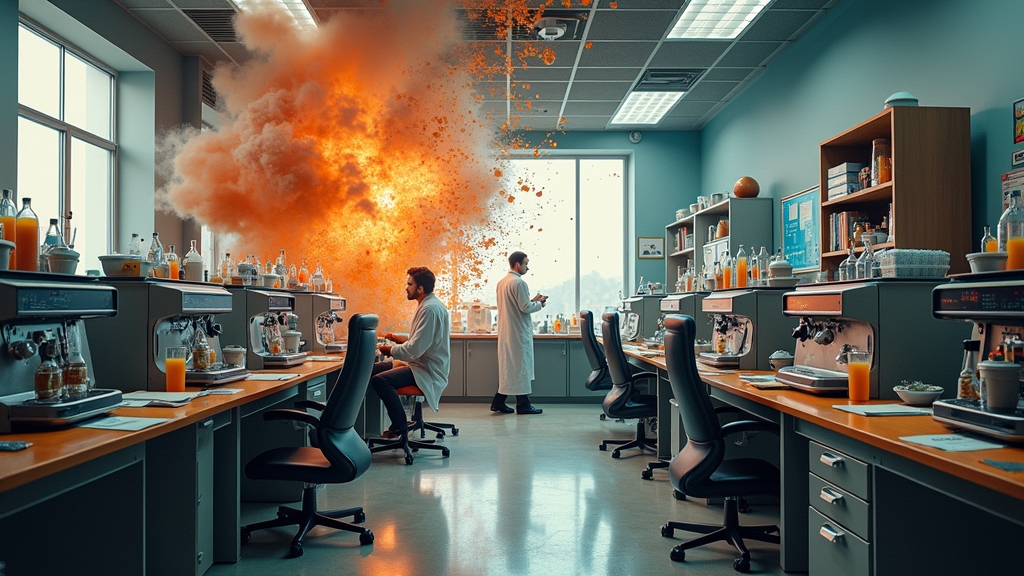MIT Invents AI-Powered Chemistry Wizard to Finally Make Scientists Feel Useful
In a groundbreaking announcement that ironically makes most traditional chemists obsolete, researchers at MIT have developed a neural network model capable of predicting the molecular equivalent of the future. Dubbed the “Multi-task Electronic Hamiltonian Network,” or MEHnet (a name that screams “we’re trying to sound cool but only ended up underselling”), this model promises to revolutionize materials design, molecular discovery, and maybe even make alchemy slightly less disappointing.
For centuries, humanity has yearned for the impossible—turning lead into gold, synthesizing miracle materials, or figuring out why avocado toast costs so much. Alchemists failed. Chemists failed marginally less. But now, thanks to artificial intelligence, scientists believe they’re closer than ever to bypassing human error entirely and letting robots solve all their problems. “We’re not just building better molecules,” said MIT Professor Ju Li. “We’re building a future where computational science gets all the credit, and we just feed it coffee and notes.”
### From Molecules to Marketable Apps
The backbone of all this molecular wizardry is a quantum chemistry technique called “coupled-cluster theory,” which apparently translates to doing math so intense it makes most supercomputers cry. But don’t worry, the new neural network essentially dumbs it all down by approximating everything in real time. “Imagine if a super-genius could solve molecular equations faster than you text your ex,” explained Hao Tang, an MIT PhD student visibly proud of his decision to stick with science despite the appeal of Silicon Valley stock options.
Better still, the MEHnet model not only calculates molecular energy but also detects useful properties like “excitation gaps” and “vibrational properties”—which are apparently very important unless you enjoy your materials behaving like sad spaghetti. “We’re talking about stuff that’ll lead to better semiconductors, new drugs, and materials that might finally keep your phone from cracking when you so much as *look* at it funny,” Tang added, inadvertently revealing the true motive behind the research.
### Smaller Atoms, Bigger Egos
Traditional computational chemistry could only handle molecules with about 10 atoms before entering a midlife crisis and breaking down. But this new AI model? It’s scaling up faster than your cousin’s pyramid scheme on Facebook. “Soon we’ll be tackling molecules with tens of thousands of atoms,” Li proclaimed, his eyes twinkling with the kind of manic excitement usually reserved for startup founders or people who think kombucha cures cancer. “And maybe in a few years, we’ll just casually map the entire periodic table like it’s a sudoku puzzle.”
When asked if this would revolutionize our understanding of the universe, Li demurred. “Honestly, we just want to invent a supermaterial that doesn’t melt when left in a hot car. Low stakes, you know?”
### AI to the Rescue (and Domination?)
Not everyone’s thrilled about this digital alchemy, though. Veteran chemists have started whispering concerns about AI swooping in and solving problems they’ve spent decades analyzing for tenure-track job security. “It’s frustrating,” said Dr. Petunia Farthing from an unnamed rival institution. “I spent 15 years trying to predict molecular dipole moments by hand, and now some algorithm does it faster than my coffee machine brews a latte.”
Still, the team is undeterred, hinting that their neural network may one day engineer not only exotic materials for semiconductors and batteries but possibly new polymers that repel cat hair. “We’re really aiming to solve the big issues in humanity. Clean energy, lightweight materials, and, of course, something to finally stop Tupperware stains,” Tang quipped, earning several ironic chuckles from reporters while his inner TikTok influencer screamed for validation.
### Turning the Entire Periodic Table into Product Placement
The researchers’ ultimate goal is as frightening as it is ambitious: to make the periodic table *boring*. “We’re going to cover the whole periodic table with the kind of accuracy that makes Nobel prizes seem quaint,” Li said, shrugging modestly in a way that reeked of rehearsed humility. “If that also means discovering the next-gen snack packaging that prevents chips from going stale, then so be it.”
For now, the model is still running tests on substances that nobody but scientists truly understand. But make no mistake, the AI overlords are coming for your chemistry sets and maybe your job. As industry expert Qiang Zhu put it, perhaps a little too cheerfully, “This work combines the best of chemistry, physics, and hubris. If successful, it might finally put humanity one step closer to rendering itself unnecessary.”
Asked about the future of their work, Li graciously summed it up: “With AI, the world is no longer about solving *one* problem at a time. It’s about solving *all of them*—and charging a subscription fee along the way.”




